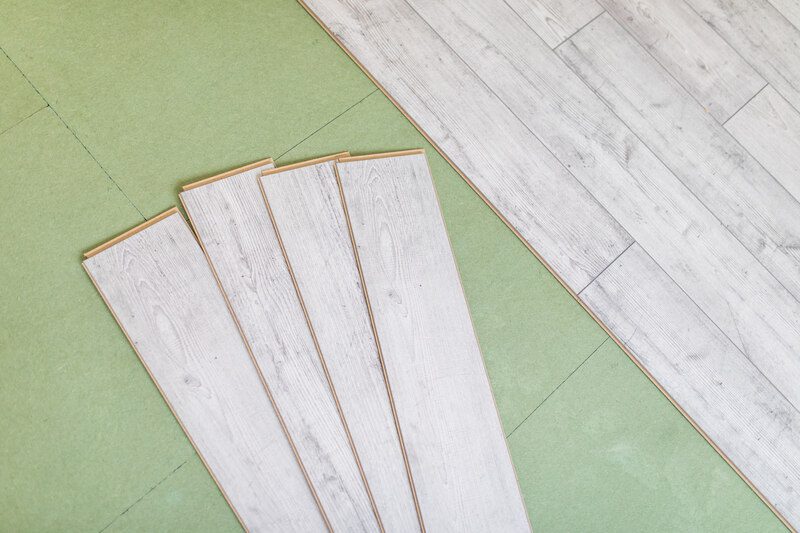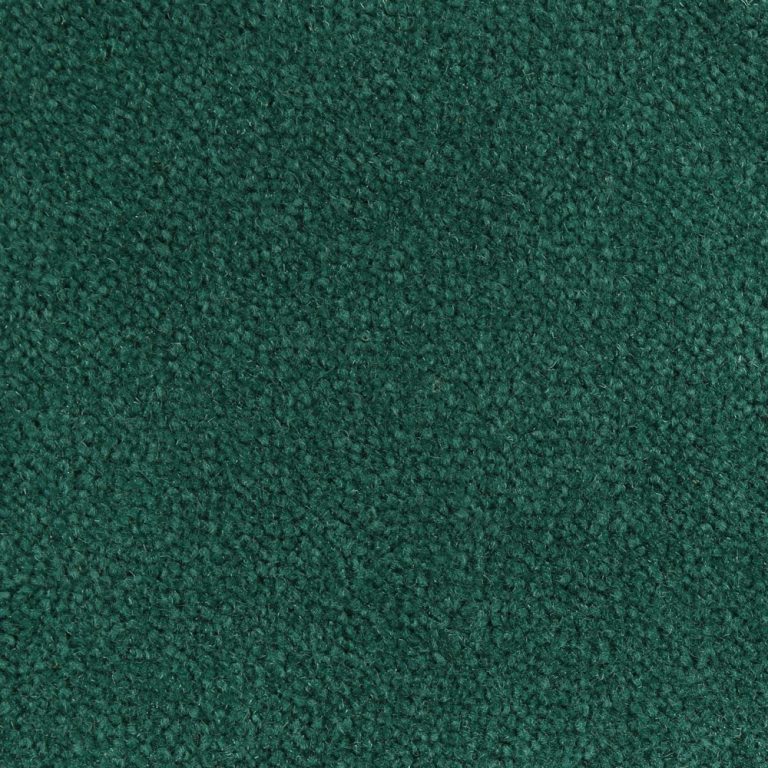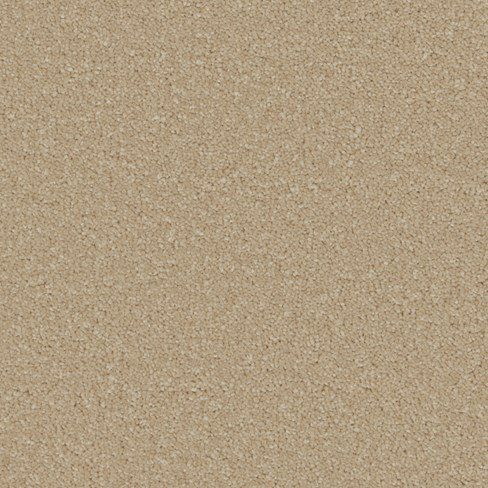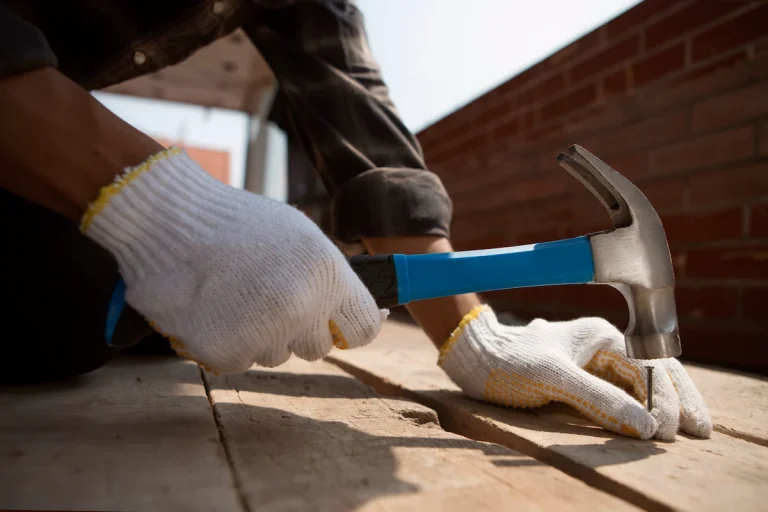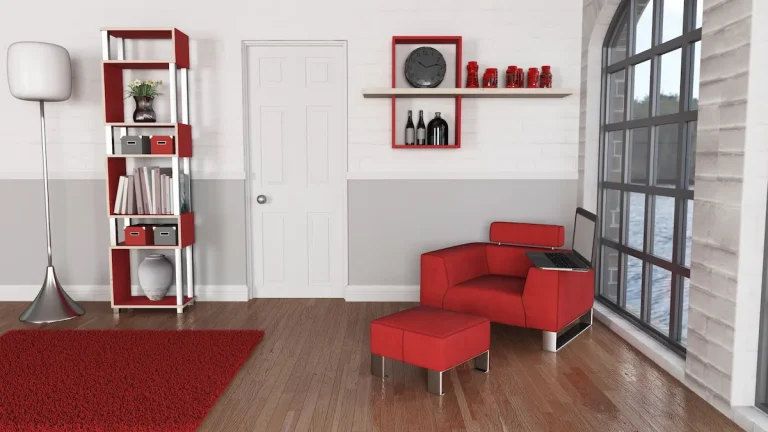Are you considering installing new flooring in your home or office? Engineered wood flooring may be the perfect choice for you. In this article, we will explore what engineered wood flooring is, how it is made, the different types available, and the benefits it offers. We will also discuss the factors that affect the cost of engineered wood flooring and provide tips on how to save money on your flooring project. Whether you’re a homeowner or a business owner, this article will help you make an informed decision about your flooring needs.
Cost of Installing 1000 Square Feet of Engineered Wood Flooring
The cost of installing 1,000 square feet of engineered hardwood flooring in the UK varies based on factors such as material quality, labour rates, and regional pricing. On average, engineered hardwood flooring materials range from £30 to £70 per square metre. Installation costs typically add £15 to £30 per square metre, depending on the complexity of the project and the contractor’s expertise. Therefore, for a 1,000-square-foot area (approximately 93 square metres), the total estimated cost, including materials and labour, would range from £4,200 to £9,300. Prices may vary based on specific product choices and local market conditions.
Cost of Lay Engineered Wood Flooring per Square Meter
The cost of installing engineered wood flooring in the UK varies based on material quality, labour rates, and regional factors. On average, the material costs range from £20 to £50 per square metre, while installation fees typically add £12 to £25 per square metre.
Therefore, the total cost per square metre, including both materials and labour, generally falls between £32 and £75. These figures can fluctuate depending on specific product choices and local market conditions.
Average Cost Of Engineered Wood Flooring
The average cost of engineered wood flooring in the UK ranges from £35/m² for budget-friendly options to £120/m² for premium selections. The overall project cost typically varies between £1000 and £1500 for an average-sized room, including materials and installation.
When opting for budget-friendly options, such as laminate or veneer-engineered wood flooring, the costs are relatively lower, often falling on the lower end of the price range.
On the other hand, premium options, including hardwood veneered flooring, can significantly increase the cost of engineered wood flooring per square metre, making it an ideal choice for those with a larger budget.
Along with the material cost, the overall project cost also encompasses labour expenses, underlay, trimmings, and any necessary subfloor preparations. It’s important to consider these additional costs, as they contribute to the total expenditure for a room installation.
Factors Influence the Cost of Engineered Wood Flooring
The cost of engineered wood flooring varies based on several factors, including material quality, installation requirements, and additional treatments. Understanding these factors can help you make an informed decision that balances budget and durability.
a. Type of Wood Used
The type of wood used in engineered wood flooring significantly impacts its cost, with popular options such as oak, maple, and walnut offering varying price points and design aesthetics to suit different budget and style preferences.
For those looking for a more economical option, maple is an inexpensive engineered wood, making it an attractive choice for consumers on a budget. Its light, uniform grain pattern can complement a variety of interior styles, from modern to traditional.
Meanwhile, walnut boasts a luxurious and rich appearance, often commanding a higher price due to its rarity and enhanced durability. On the other hand, oak strikes a balance between affordability and versatility, making it a perennial favourite among homeowners and designers alike. With its strength and natural variations in grain and hue, oak stands as a timeless and cost-effective choice for engineered wood flooring.
b. Thickness and Quality of the Top Layer
The thickness and quality of the top layer play an important role in determining the cost of engineered wood flooring. Thicker top layers and higher-grade finishes contribute to enhanced durability, visual appeal, and refinishing potential, which impacts the overall cost of the flooring.
A thicker top layer often allows for multiple sandings and refinishing, extending the lifespan of the flooring and providing long-term value.
Higher-quality top layers are typically made of premium hardwood, adding to the aesthetics and charm of the flooring. However, they also come at a higher cost. While the initial investment in a top-tier top layer may be higher, it can result in lower long-term maintenance and replacement costs, making it a wise investment for homeowners seeking both quality and longevity in their flooring choice.
c. Installation Method
The installation method chosen for engineered wood flooring, whether floating, glued or nailed, can affect the overall cost, with certain methods requiring additional materials or labour, thus affecting the overall total cost of engineered wood flooring.
When choosing a floating installation, the cost implications mainly revolve around the base material and click-lock system, which contribute significantly to the total cost of engineered wood flooring.
Conversely, glue-down methods require a specific adhesive, and nail-down installations demand additional fasteners and tools, all impacting the overall project cost by necessitating additional material purchases and potentially extending the labour hours.
Therefore, considering these cost implications upfront can assist in making an informed choice based on both material and labour requirements, enabling homeowners to plan and budget effectively.
c. Brand And Manufacturer
The reputation, brand recognition, production standards and manufacturer of the chosen brand can affect the cost of engineered wood flooring, with established and premium brands often commanding higher prices due to their quality assurance and brand value.
When opting for a renowned manufacturer, such as Ted Todd Engineered Wood, consumers can expect superior craftsmanship, innovative technologies, and stringent quality control measures, which translate into a higher production cost.
These manufacturers often invest in sustainable sourcing practices and ethical production methods, adding to the overall cost of the product.
Conversely, lesser-known brands may offer more budget-friendly options, but they may compromise on the quality of materials, finishing, and environmental considerations.
It’s important to weigh the trade-offs between cost and quality, bearing in mind the long-term durability and aesthetic appeal of the engineered wood flooring.
d. Location And Availability
The geographical location and local availability of engineered wood flooring can affect its cost, with regional supply and demand dynamics, shipping costs, and market variations contributing to price discrepancies across different locations and distribution channels.
For example, in areas where there are many hardwood trees, the production and availability of engineered wood flooring may be more, so the cost of engineered wood flooring may be less.
On the other hand, regions with limited access to wood resources or higher transportation expenses may experience higher prices for this flooring material due to increased production and shipping costs.
Market dynamics play an important role. In highly competitive markets with many suppliers and strong distribution networks, the cost of engineered wood flooring may be more competitive, whereas in regions with limited competition, prices may increase.
e. Additional Features And Finishes
The inclusion of additional features and premium finishes in engineered wood flooring, such as UV protection, enhanced warranties, or specialised surface treatments, can contribute to the cost of engineered wood flooring, offering added value and performance attributes to the flooring product.
These additional features and finishes not only elevate the aesthetic appeal of the flooring but also enhance its durability and longevity, making it a worthwhile investment for homeowners.
UV protection, for instance, shields the flooring from discolouration and fading caused by sunlight exposure, ensuring that it maintains its original appearance for years to come. Enhanced warranties provide peace of mind, assuring customers of the product’s quality and performance.
Specialised surface treatments, such as scratch-resistant coatings or anti-slip finishes, offer practical benefits that cater to the specific needs of different spaces within a home. While these premium features may add to the upfront cost of the engineered wood flooring, their long-term value proposition in terms of maintenance savings and prolonged lifespan cannot be overlooked.
The Types of Engineered Wood Flooring
There are several types of engineered wood flooring, each offering unique benefits and aesthetic characteristics. The most common types include plywood core engineered wood flooring, HDF core engineered wood flooring and sliced veneer engineered wood flooring, catering to diverse preferences and installation requirements.
Plywood-core engineered wood flooring is renowned for its exceptional stability and resistance to moisture, making it an ideal choice for areas prone to humidity fluctuations.
On the other hand, HDF core engineered wood flooring, known for its high-density fibreboard core, offers enhanced durability and is suitable for intense foot traffic environments.
Sliced veneer engineered wood flooring, utilising a real wood veneer, exudes the authentic look of solid hardwood while providing a more environmentally sustainable option.
a. Plywood Core Engineered Wood Flooring
Plywood-core engineered wood flooring is characterised by its exceptional strength and stability, owing to the use of multiple layers of plywood in the core construction.
b. HDF Core Engineered Wood Flooring
HDF-core engineered wood flooring is well known for its uniform density and high dimensional stability, attributes that contribute to its exceptional performance and longevity. This type of engineered wood flooring is well-suited for areas with high foot traffic and offers a seamless installation experience due to its precision-milled design.
One of the remarkable features of HDF-core engineered wood flooring is its outstanding resistance to moisture, making it a superb choice for kitchens, bathrooms, and other high-humidity environments.
Its dense composition provides impressive durability, ensuring that it can withstand the rigours of daily use without compromising its structural integrity. This makes it an ideal option for both residential and commercial spaces where durability and longevity are paramount.
c. Sliced Veneer Engineered Wood Flooring
Sliced veneer engineered wood flooring stands out for its authentic wood appearance and natural grain patterns, achieved through the slicing of a solid wood top layer.
This type of engineered wood flooring offers a premium aesthetic appeal and allows for refinishing, providing long-term value and customisation options.
Its unique slicing process preserves the integrity of the wood, showcasing a diverse range of grain patterns and textures that mimic the beauty of natural hardwood.
The depth and character of sliced veneer flooring add a touch of elegance to any space, evoking a warm and inviting ambience.
Its ability to be refinished multiple times allows for extended durability and the option to adapt to evolving interior design trends.
This distinctive feature sets it apart from other flooring materials, offering homeowners the flexibility to revitalise their floors while maintaining its stunning appearance.
Tips to Save on Cost of Engineered Wood Flooring
Homeowners looking for cost of engineered wood flooring budget-friendly solutions can explore various ways to save money, such as comparing prices from different suppliers, considering clearance or sale options, opting for DIY installation, and taking advantage of promotions or discounts offered by leading flooring retailers and providers.
By taking the time to research and compare prices from multiple suppliers, homeowners can often find significant differences in cost, allowing them to select the most budget-friendly option without sacrificing quality.
Keeping an eye out for clearance sales and promotions at local shops or online retailers can lead to substantial savings, making it essential to stay informed about upcoming discounts.
For those who are skilled at DIY projects, choosing to handle the installation themselves can help avoid labour costs, although it’s crucial to ensure they have the necessary skills and tools for the job.
Staying updated on promotions and discounts from reputable retailers and flooring providers can offer valuable opportunities to secure an excellent deal on new engineered wood flooring.
You can also explore TEKA Flooring’s wide collection of engineered wood flooring available in various leading brands. Don’t worry, TEKA Flooring provides various price options, so you can customise it according to your budget.
Head over to the official website or contact TEKA Flooring for expert advice and in-store offers.
Read also:


























